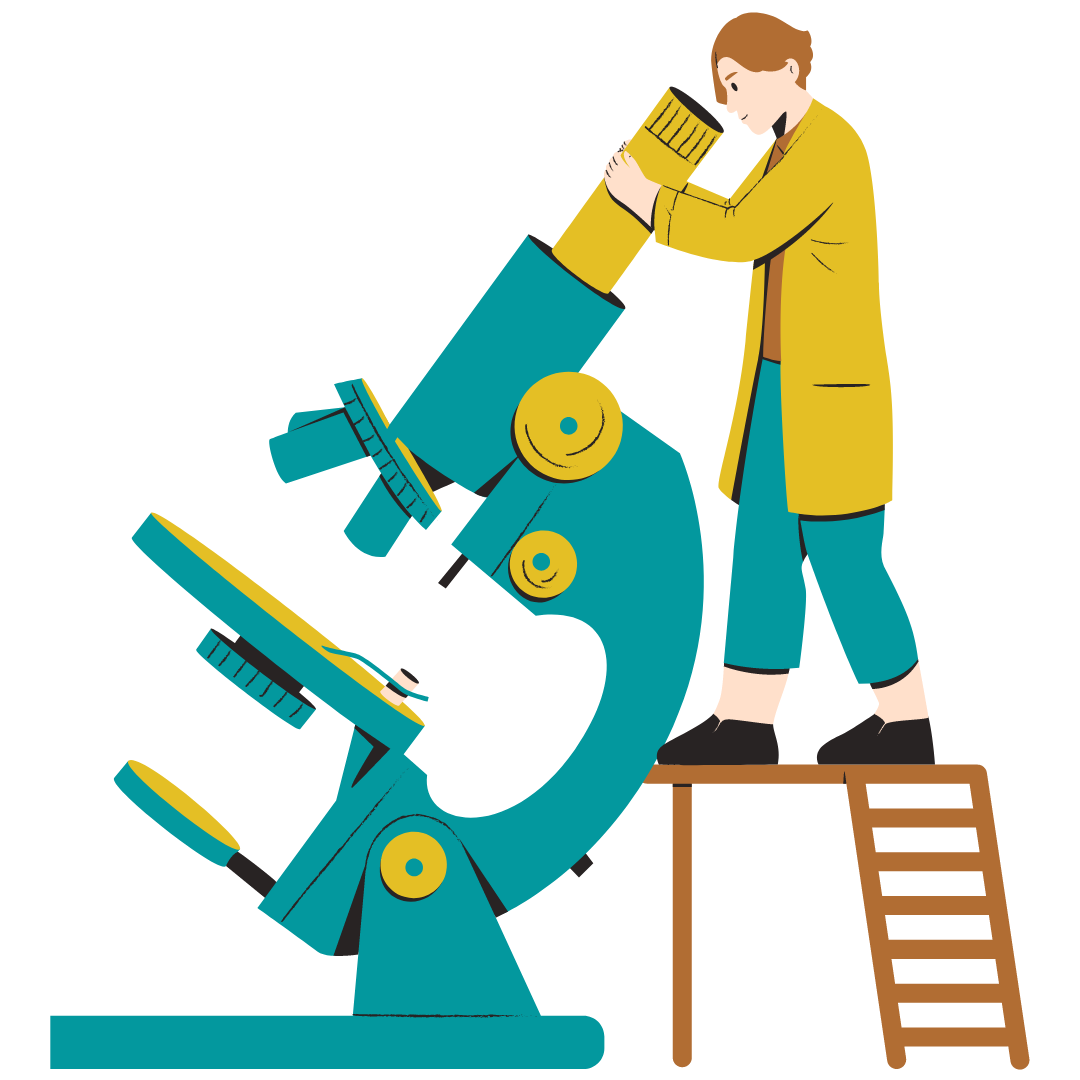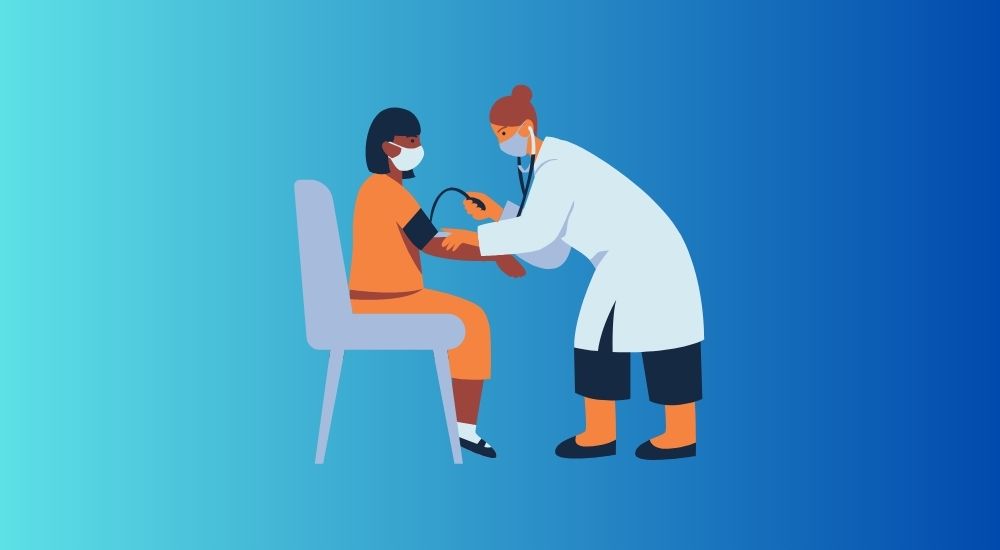
In many respects, 2022 was a year of hard-fought inches. Amid all the ecstasy and buzzkill, organizations within the life-sciences space have kept their footing – a difficult balancing act all things considered – as industry foundations have shifted and consumer expectations continue to redefine our approach to healthcare.
Over the past three years we have had to learn and unlearn a lot. We scrambled to build pandemic-worthy contingency protocols, expedite the wide scale R&D of critical vaccines, wrestle with a decaying global supply chain and more.
After all was said and done, industries that stalled throughout the pandemic even glimpsed respite, only to peer over the edge towards some difficult predictions; economists now uniformly anticipating the next big downturn to hit in the coming months.
Unpredictable as the market is, we embrace certainty where it can be found. Steadying the descent among all this turbulence will pose a whole host of new challenges as regulators step out of the chaos and begin to take aim at new measures, mandating for more comprehensive standards of patient safety.
Executives are now tasked with building consistent, retraceable points of contact with their employees, as well as with the protocols that underpin their processes. The past few years have been nothing if not a wake up to call, underscoring the importance of proactive risk management.
“There’s nothing like a global pandemic to force a reimagining of one’s business. What it means for the pharmaceutical industry is that it can’t keep doing what it’s been doing for years”
Unfortunately, there is no copy-and-paste function we can call upon to expedite the process. The procedures organizations rely on to manage their training expectations are set to play an increasingly important role amongst all of this.
Here at Intuition, we believe training serves an essential purpose in terms of building the pathways necessary to establishing these protocols, both in terms of people and infrastructure.
In this edition of Learning & Development: Under the Microscope, we will be discussing the vital role GxP plays within the industry as a gatekeeper of process standard maintenance. We will specifically be focusing on how this pertains to one’s Learning Management System (LMS), highlighting what is expected by industry standards and what is in turn characteristic of our own award-winning solutions.

Setting the historical context
What is GxP?
GxP is a term those working in the life-sciences industry are accustomed to, but what does it encompass? An abbreviation of Good X Practice, the ‘’X’’ referring to the area the regulations and procedures apply. For instance:
- GMP – Good Manufacturing Practice
- GLP – Good Laboratory Practice
- GDP – Good Documentation Practice
- GCP – Good Clinical Practice
While regulations naturally differ between regions, the essence of GxP remains relatively agnostic globally. They are a set of regulatory guidelines designed to safeguard providers and ultimately the end users of drugs and medical devices. Safety through the harmonization of drug and medical equipment development is essentially the main goal of these guidelines.
GxP regulations in the US are defined in the Code of Federal Regulations (CFR) Title 21, EudaLex is the EU equivalent. In addition to these regulations, the guidelines set out by the PIC/S (Pharmaceutical Inspection Co-operation Scheme), and the ICH (The International Council for Harmonization of Technical Requirements for Pharmaceuticals for Human Use) are adapted across the industry.
The ‘Why’ behind GxP
Without falling into a buzzword trap, these abbreviations and their guidelines serve as a tether between innovation and patient safety.
A separate whitepaper would be required to list off instances of drug recalls and the subsequent impact these had on organizations and more importantly, patients. Long story short, in such a profit driven industry, it’s not uncommon for companies to cut corners in an attempt to satisfy quarterly numbers.
To continue reading, download the full PDF at this link. Click here.

